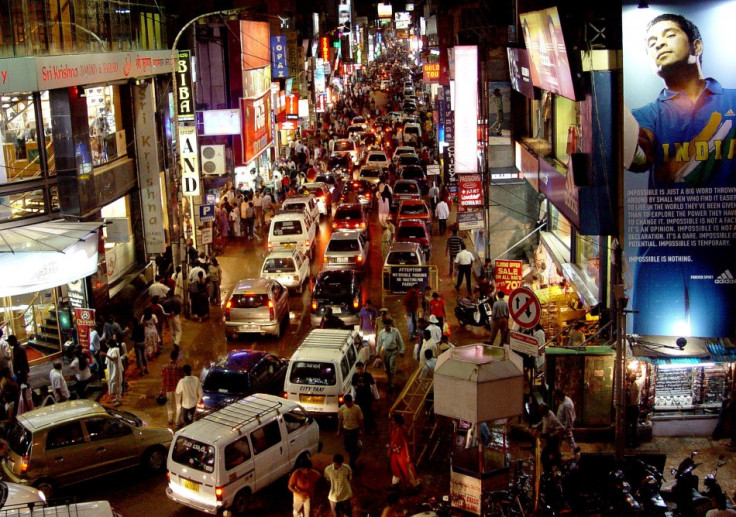Air Pollution Set to Soar as Vehicle Population Grows Exponentially in Indian Cities

The vehicle population on Indian roads will increase air pollution three to five times over, says a report from The Energy and Resources Institute (TERI), University of California, San Diego (UCSD) and the California Air Resources Board (CARB).
Under current trends of vehicle population, and existing fuel and emission standards, particulate matter smaller than 2.5 micrometers will increase by a factor of three, while nitrous oxide emissions will rise by a factor of five.
The transport sector contributes about 15% to 50% of small particulates and is a dominant contributor to NOx emissions, says the report.
"In 1991, there were 20 million vehicles in India. The number had skyrocketed to 140 million in 2011, and by 2030, vehicle population is expected to reach a staggering 400 million. We need multiple strategies to bring regulatory agencies and the regulated communities together and provide incentives to reduce the pollution load," said Mary Nichols, Chairman, CARB.
The new report titled 'Options to reduce road transport pollution in India' spells out ways for reducing emissions, the technologies available and governance issues that need to be urgently addressed to improve air quality in Indian cities.
These including upgrading fuel quality, tightening vehicle emission standards, shifting transport modes, promoting electric vehicles, etc.
Vehicular emissions contribute to particulate matter (PM 2.5) and to nitrogen oxides, NO and NO2 (NOx). These in turn react in the presence of sunlight to form ozone.
PM 2.5 is the dominant contributor to premature deaths and numerous other illnesses, followed by ozone and NOx, which also adversely impact crop yields, says the report.
Comparing the situation to California, which in the 60s had one of the highest air pollution levels in the world, the report notes how over the past 40-50 years, it has succeeded in reducing the levels of all air pollutions by 75% to 90% though a series of measures. In particular, it has significantly reduced black carbon and particulate pollutants from automobiles.
On the other hand, 80% of cities in India, which have comparatively fewer vehicles, have exceeded the ambient air quality standards prescribed by the Government of India.
The World Health Organization estimates that of the 67 risk factors studied in their Global Burden of Disease project, outdoor air pollution stood fifth in mortality and seventh in health burden in India, contributing to over 627,000 deaths and 17.7 million healthy years of life lost in 2010.
Transportation is also the fastest growing source of carbon emissions and accounted for about 2,300 megatons of CO2 in 2010. India's transport emissions are predicted to go from about 70 megatons today to over 500 megatons by 2050.
An ITDP report had calculated that a shift from car-centric transport to one based on public transport, walking and cycling can reduce carbon dioxide emissions by as much as 1542 megatonnes (1700 megatons) by 2050.
© Copyright IBTimes 2025. All rights reserved.





















